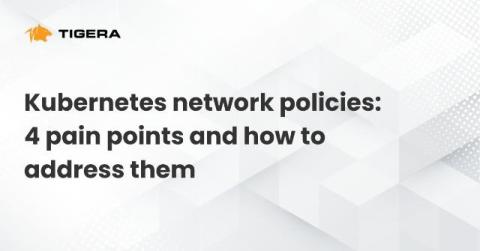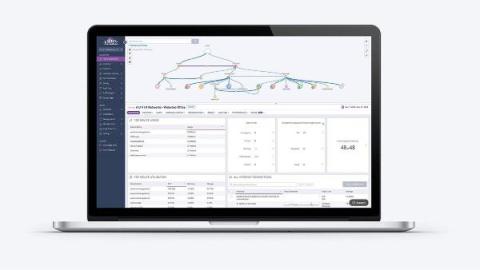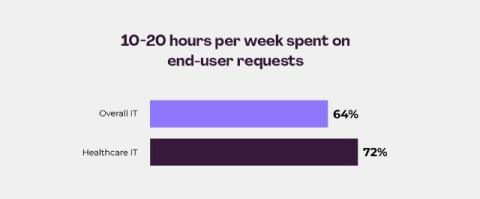Kubernetes network policies: 4 pain points and how to address them
Kubernetes is used everywhere, from test environments to the most critical production foundations that we use daily, making it undoubtedly a de facto in cloud computing. While this is great news for everyone who works with, administers, and expands Kubernetes, the downside is that it makes Kubernetes a favorable target for malicious actors. Malicious actors typically exploit flaws in the system to gain access to a portion of the environment.










